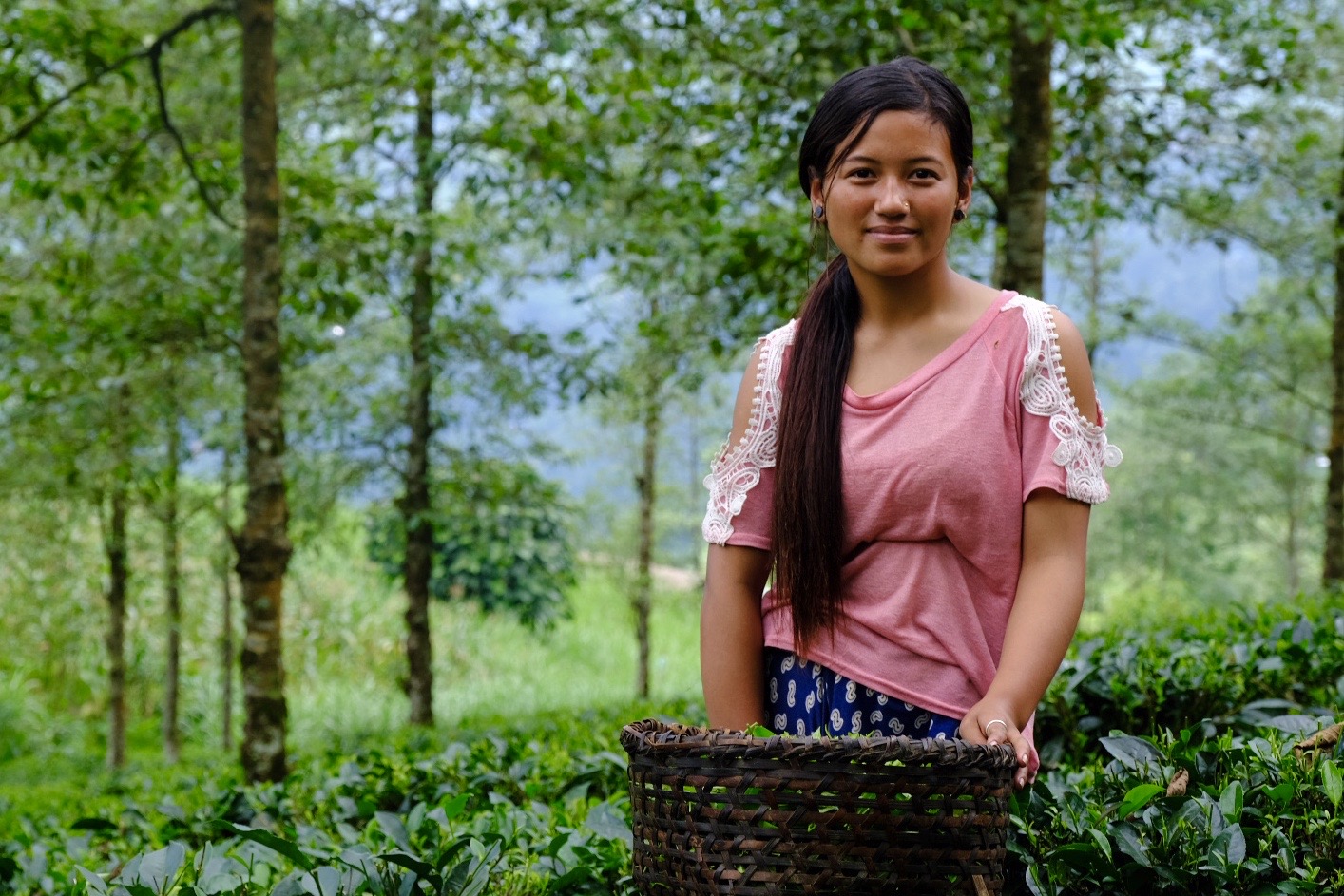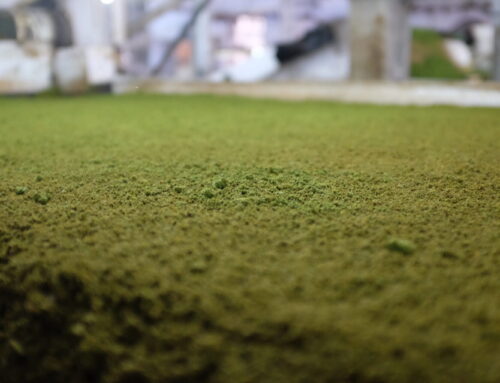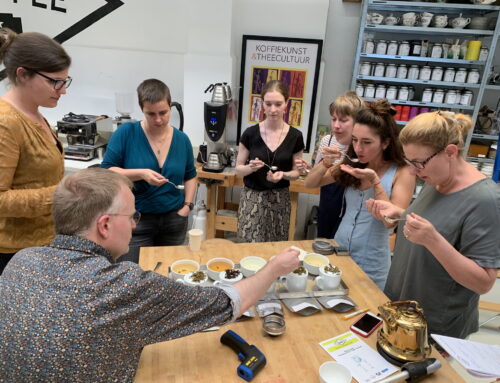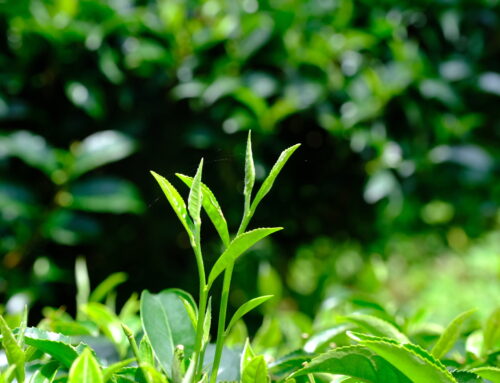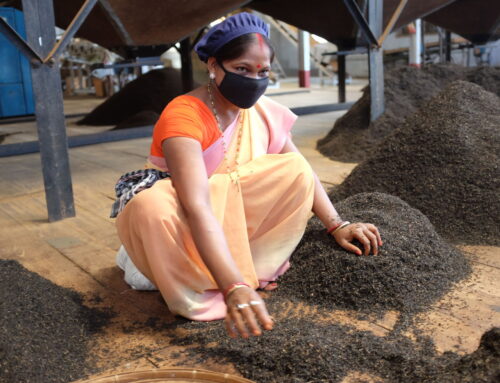If there’s one big misunderstanding in tea, it’s the arbitrary use of the terms oxidation and fermentation. Check the website of various tea suppliers to see, for example, the production of Tie Guan Yin, a famous oolong from the Chinese province of Fujian. One supplier states that it is a partially oxidized tea and the other that it is a partially fermented tea. What about exactly? Who’s right?
Let’s see what the different processes look like.
Oxidation
In short: to oxidize is to react with oxygen. Certain substances in tea: polyphenols oxidase and peroxidase, react with oxygen, starting a chemical reaction and converting them into flavonoids. Flavonoids can be divided into thearubigin and theaflavin. Thearubigine gives tea its body and red color while Theaflavine gives the tea its fresh taste.
In addition, various other substances are also converted during the oxidation process that are responsible for the appearance (with black tea you see that the green leaves turn black) and the taste of an oxidized tea.
Fermentation
Fermentation, in tea, is a reaction in the absence of oxygen. Unlike oxidation, fermentation requires micro-organisms to start the process
such as bacteria, yeasts or moulds.
Micro-organisms grow due to heat and moisture. They make enzymes during growth that ensure that taste, smell, appearance, acidity, but also the digestibility and shelf life of the tea changes. Enzymes are proteins that enable or accelerate a particular reaction.
We also see fermentation in products such as soy sauce, trassi (shrimp paste), sauerkraut, wine and beer.
Want to see fermentation? Walk into a garden and look at the compost heap. What happens there is fermentation. Don’t forget to stick your nose in the compost heap. You will also smell this smell with a fermenting tea. Doesn’t sound very appealing but trust me: it tastes a lot better (with tea) than it smells.
So we can safely conclude that oxidation and fermentation are two completely different processes. Yet both processes are used in the production of tea.
Let’s go back to who was right: does the production of an oolong like the Tie Guan Yin involve oxidation or fermentation? We find the answer when we look at the production of this tea. After picking, the tea is allowed to wither, after which it is placed in a large revolving drum. During rotation, the outside of the blade is damaged. This is where oxygen comes in… So the answer is clear: Tie Guan Yin is a partially oxidized tea.
Both in the production of black tea and that of oolong there is a moment of oxidation. In general, this process takes place just after rolling the sheet. During the rolling process, the juices contained in the leaf are “pressed” outwards. As soon as the sap has left the leaf, oxygen can get in and the oxidation will start immediately.
You definitely don’t want any oxidation with green tea, because the leaves must remain green. To prevent browning from occurring, the substances oxidase and peroxidase must be rendered harmless. This is done by heating the tea leaves before they are further processed and oxygen could be added.
You see fermentation in tea with post-fermented teas such as Fu Zhuan Cha, Liu Bian Cha and Pu’er. Green tea is pressed into cakes to remove oxygen. Microorganisms in the tea will alter the taste and appearance of the tea. This process takes many years and therefore also produces very valuable tea. In 1973, therefore, a method was devised in the Kunming Tea Factory in the Chinese province of Yunnan to speed up this process. The green tea is thrown into heaps in large halls, made wet and covered with plastic. By repeating this process for several weeks, you will quickly get a post-fermented tea. You guessed it: the smell that hangs in these halls is very reminiscent of the compost heap in the back of your garden.
Why would you ferment a green tea? The answer is: taste! Bitterness and bitterness disappear completely. In its place comes a completely new aroma. The longer the tea is kept during natural fermentation, the more complex and sweet it will become.

